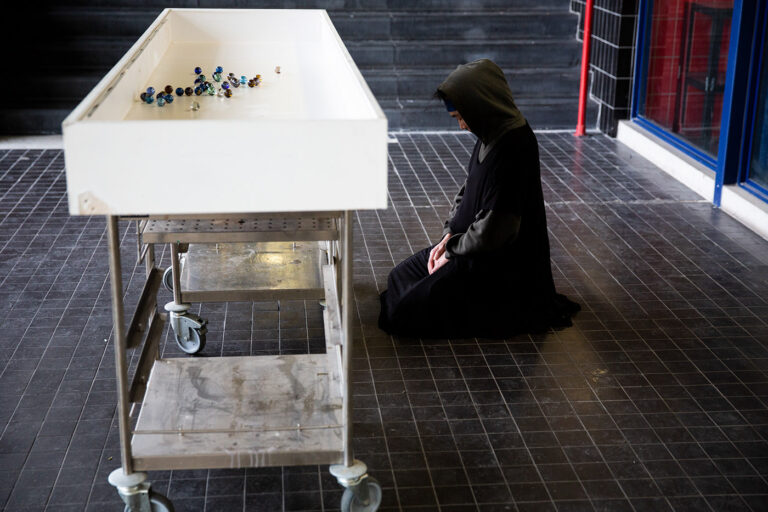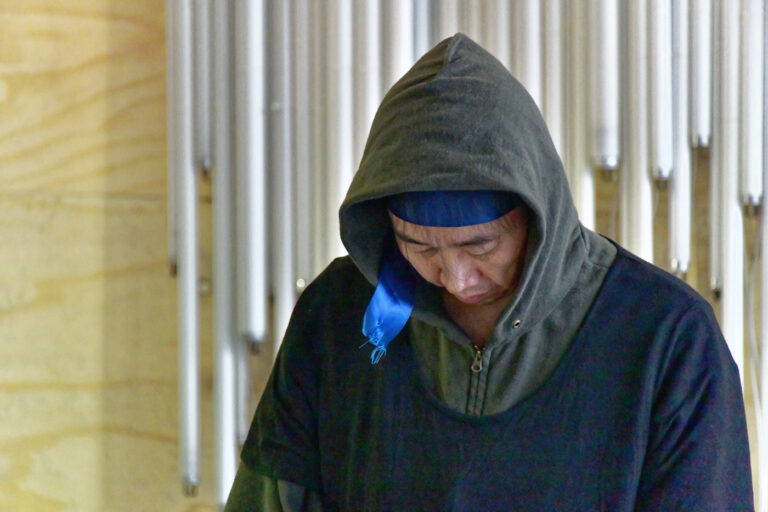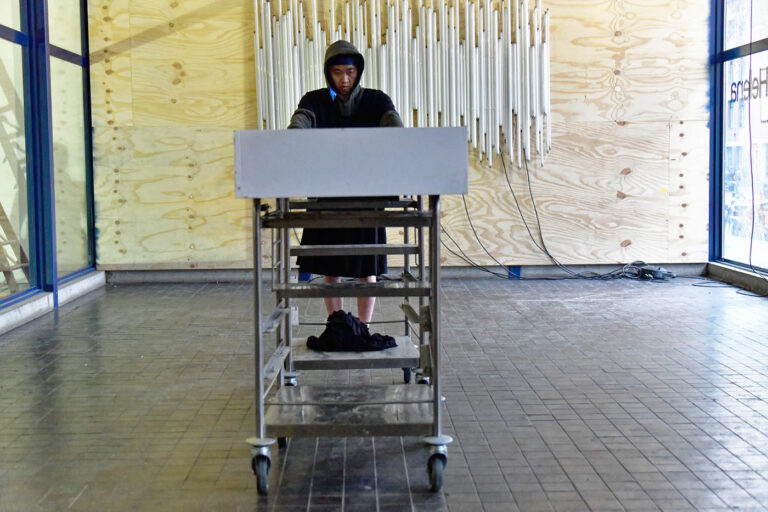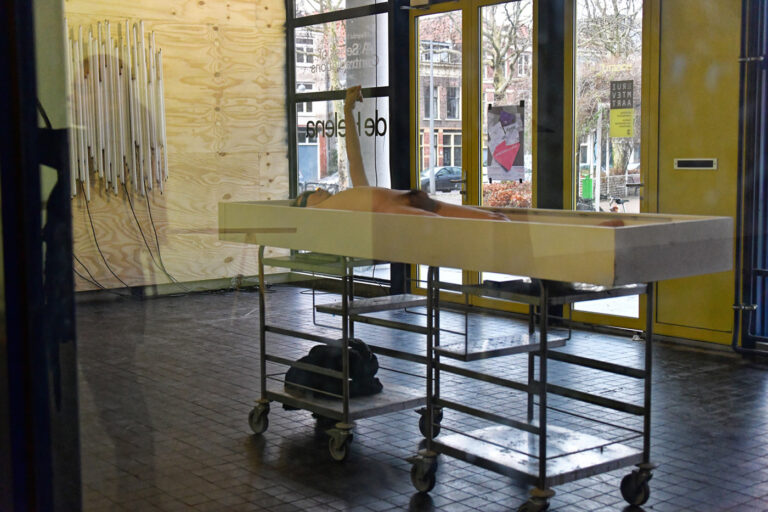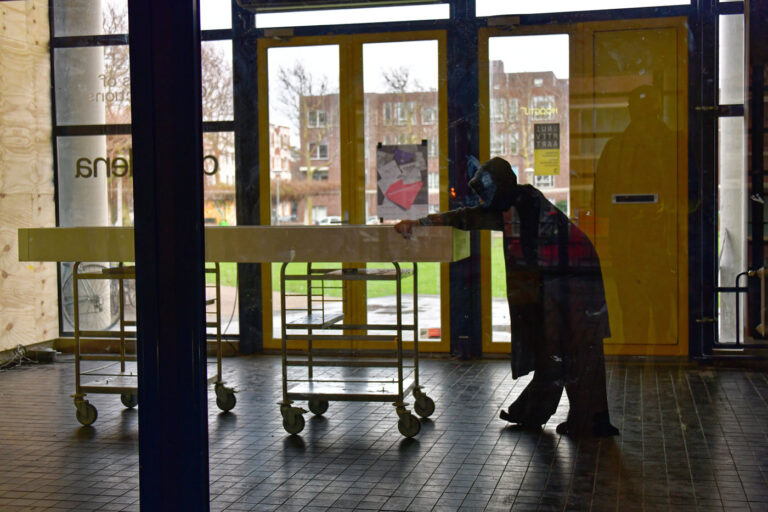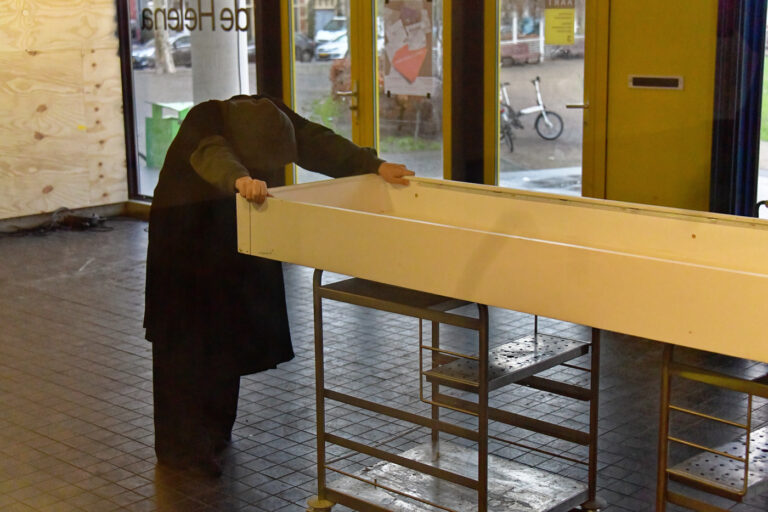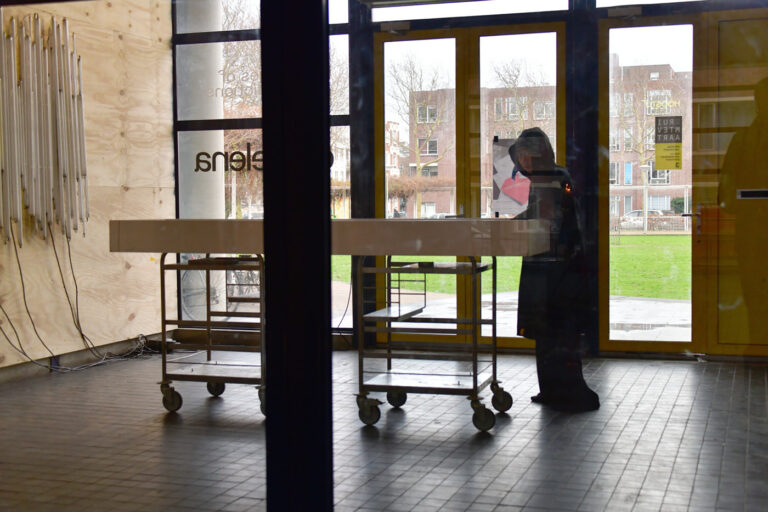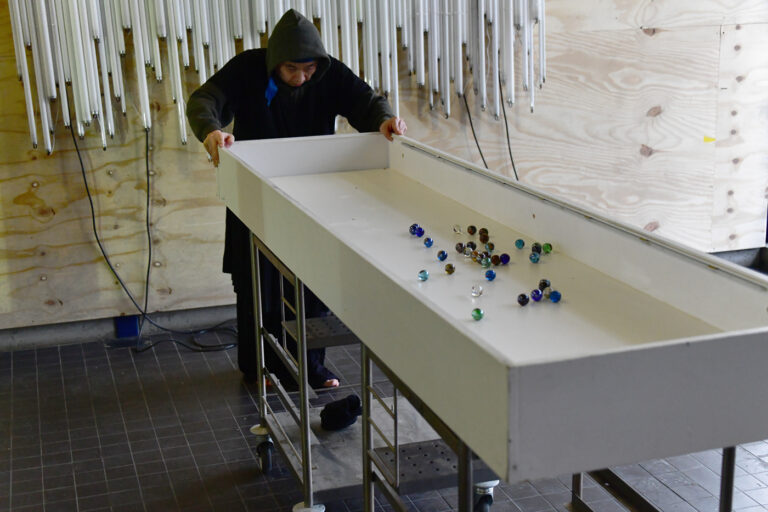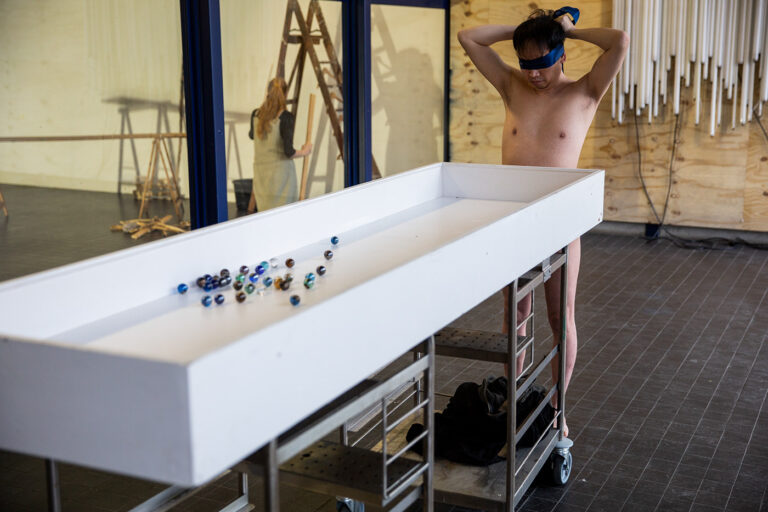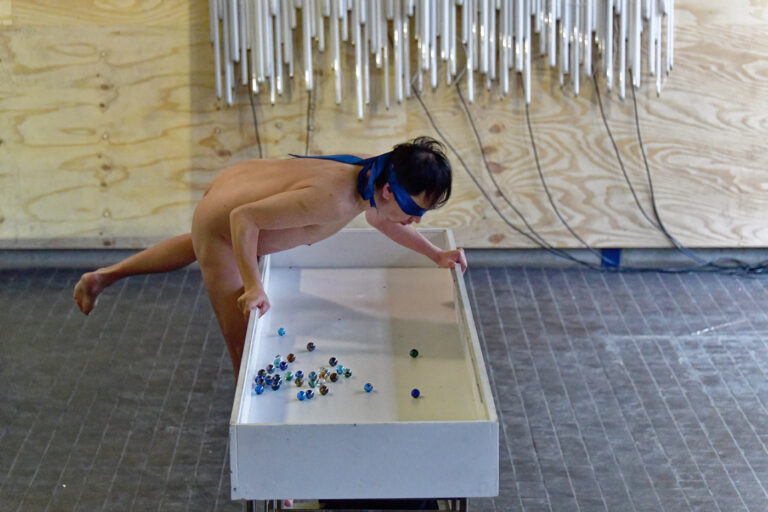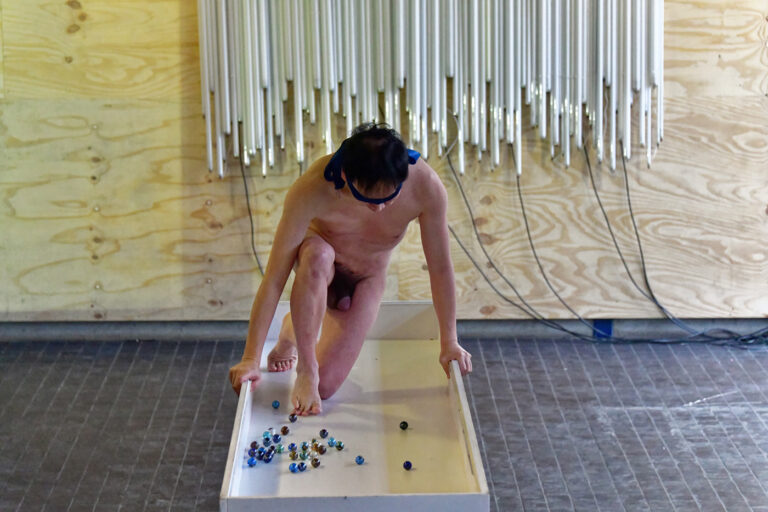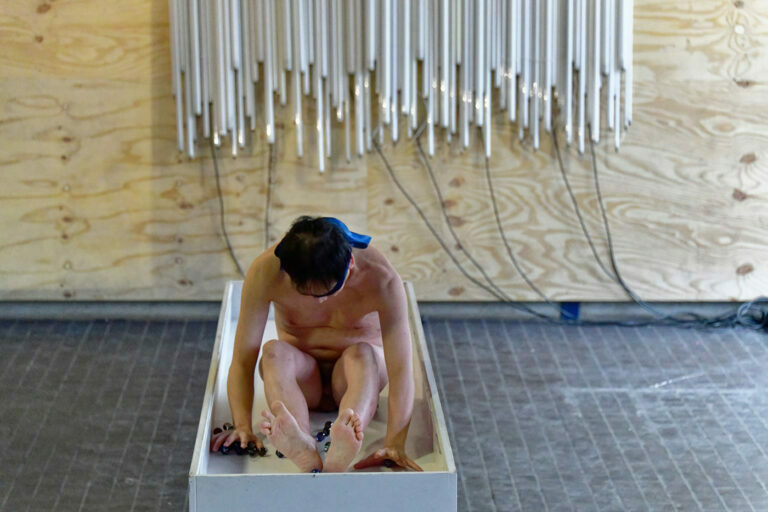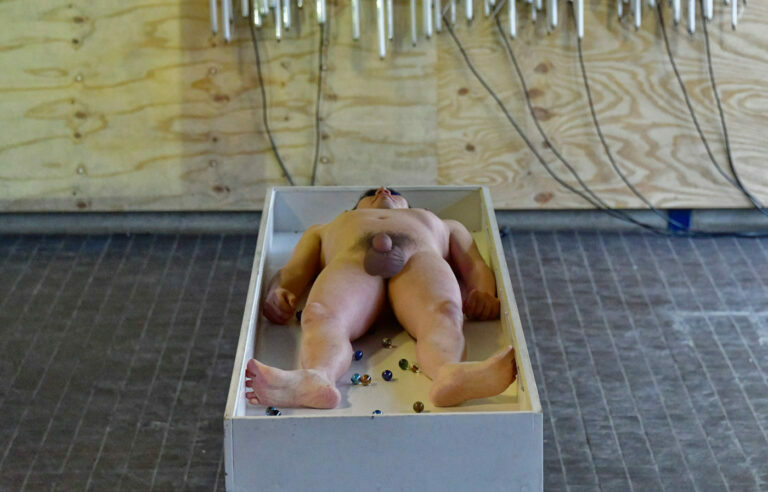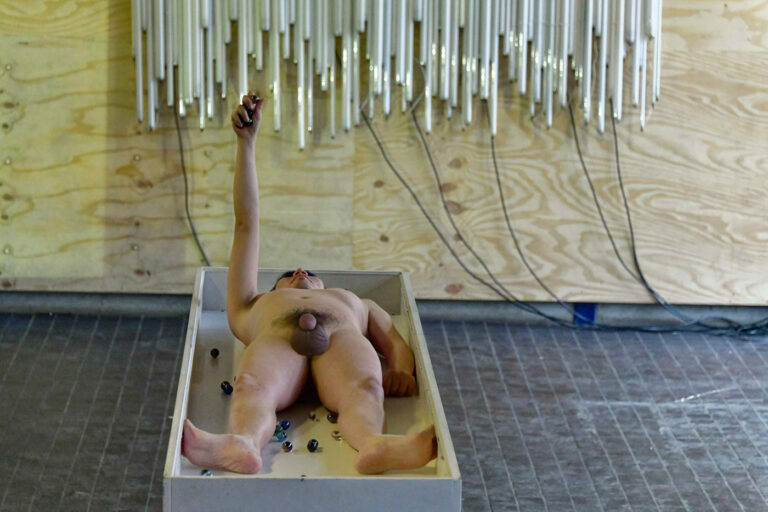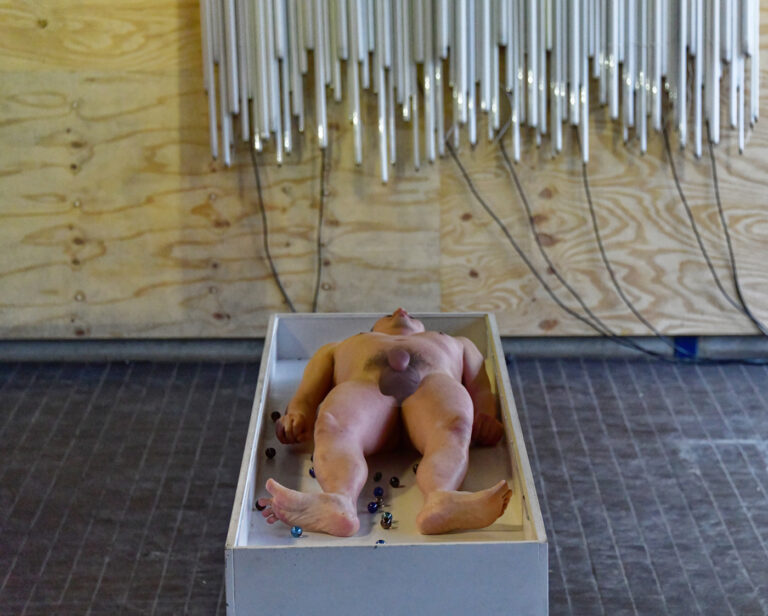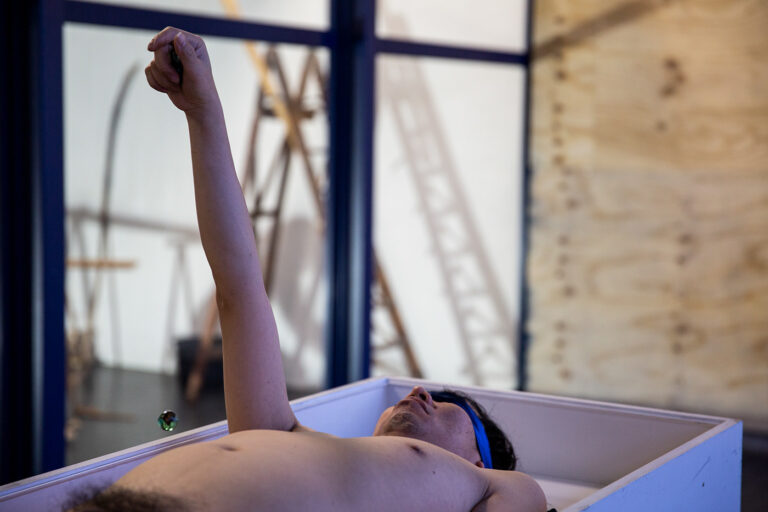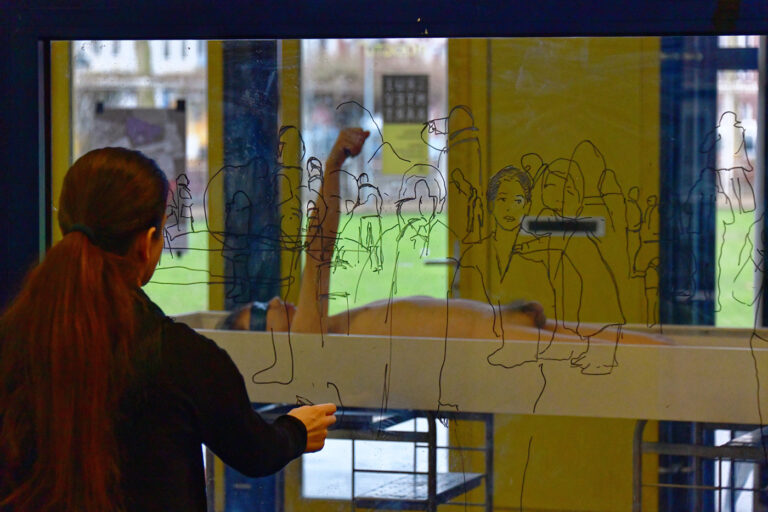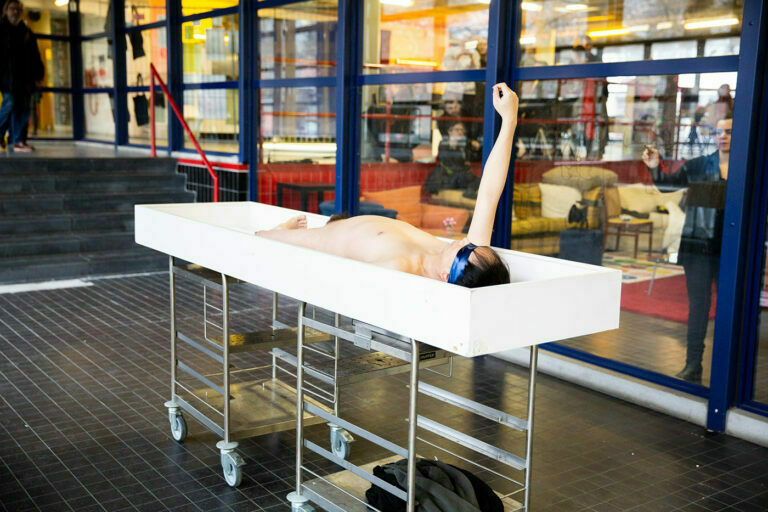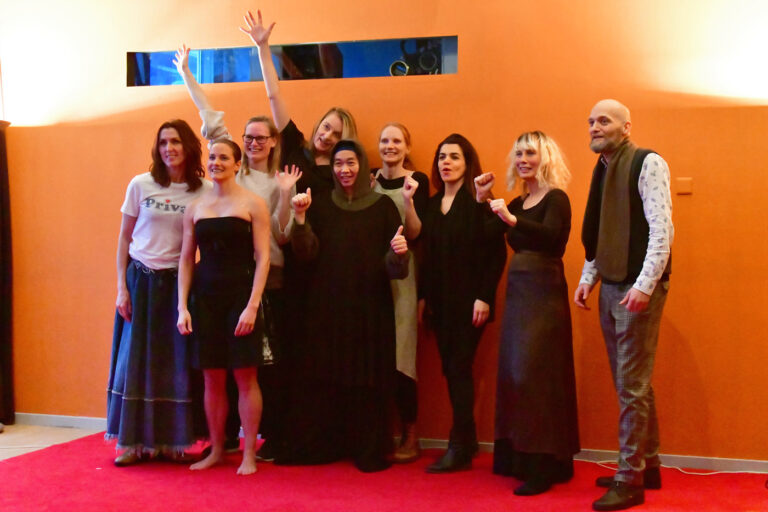Sculpture Park (2019)3h Philemon Mukarno Performance Art


Naked Performance Sculpture Park: Mukarno’s
Living Monuments of Nudity
The Cartographer of Consciousness: Defining the Performance Park
Introduction to the Radical Performance Landscape
Philemon Mukarno is a globally recognized performance artist. He currently works from his artistic base in Rotterdam, Netherlands. Mukarno creates a dynamic global dialogue in his complex work. He connects his deep Asian heritage with the European avant-garde tradition. This powerful synthesis challenges traditional artistic and cultural boundaries. His Sculpture Park offers a radical departure from conventional gallery spaces. It entirely redefines traditional expectations of viewing art.
Furthermore, the park functions as a living, breathing artistic environment. It is a physical space where bodies move, endure, and transform. The central focus remains the vulnerable, exposed human body. Mukarno’s uncompromising artistic approach has earned significant, wide-ranging recognition. This validation includes strong institutional backing from major organizations. For instance, he receives crucial support from the Fonds voor de Podiumkunsten. This institutional recognition establishes the serious intent behind his use of nudity.
Nudity Transformed: The Living Monument
The core concept of the park is both simple and profound. Performances transform the naked body into a form of temporary, living sculpture. The exposed flesh becomes a physical, breathing monument existing in real time. These intense moments are often slow-motion still-life scenes or demanding acts of endurance. The body is not merely displayed for superficial viewing. It is fundamentally transformed into something architectural and structural.
Nudity is therefore essential for conveying truth and radical vulnerability. Mukarno utilizes this raw exposure to defy established societal norms. This intense visibility effectively dismantles warped cultural self-images. The “Sculpture Park” model is conceptually innovative. Traditional sculpture is static, permanent, and fixed in space. By making the ‘sculpture’ alive and temporary, Mukarno highlights impermanence. This action links his work directly to the conceptual history of fleeting body art.
Sacred Architecture: Nudity as Spiritual Cartography
Radical Honesty and Spiritual Repair
Mukarno views the naked body as a genuine spiritual microcosm. This ancient concept sees the body as intimately linked to ancestral realities. Consequently, the body is recognized as a crucial conduit toward possible enlightenment. Nakedness thus symbolizes this profound, intrinsic sacredness. The performer’s skin becomes a complex, meaningful landscape layered with intention. This artistic intent demands total, unvarnished exposure to the audience.
This spiritual focus consciously reframes the passive, historical treatment of the nude. Historically, nudes were often passive objects “poised for consumption”. Mukarno’s spiritually charged nudity demands active, focused contemplation. It invites the audience into a deep, profound internal world. The exposure is intended to be a site of spiritual repair and radical honesty. This transformation requires active engagement rather than merely passive viewing.
The Aesthetics of the Shadowbody
The artwork embraces a deliberate dark, sensual aesthetic. This unique style investigates complexity and deep human vulnerability. Mukarno specifically explores the subconscious layers of the self, terming it the “Shadowbody”. This intense engagement with hidden psychological forces stems from rigorous academic training. His background combines intense musical composition with profound physicality in dance.
This synthesis forges a unique artistic path focused on spiritual inquiry. The performance titles, such as Butoh Z, reference specific historical physical theatre forms. Butoh, a Japanese post-war art form, uses extremely slow, controlled movement. It often explores themes of mortality, rebirth, and environmental connection. This physical intensity aligns perfectly with Mukarno’s use of endurance. The body becomes an active, ancestral canvas of meaning.
The Durational Paradox: Sculpture and the Crucible of Time
Endurance as the Sculptor’s Medium
Mukarno intensely experiments with what constitutes a performative sculpture. He asks profound questions about artistic density and clarity. How do time, physical material, and deliberate action condense into one vivid image? The resulting performances are deliberately intense and incredibly slow. They often require long, agonizing, deliberate acts of endurance. The history of endurance art confirms the severity of this commitment.
Endurance art involves some form of severe hardship or self-imposed constraint. This might include extreme pain, enforced solitude, or total physical exhaustion. Mukarno’s work relates directly to this tradition of durational art precedents. The use of endurance combined with nudity elevates physical constraint into spiritual ritual. By pushing their limits, the performers strip away the superficial self. This intensity forces a state of radical, unvarnished truth.
Still Life, Slow Life: Challenging Permanence
Mukarno’s works borrow from classical Greek sculpture ideals. Yet, he applies these timeless ideals to transient, breathing flesh. The acts are explicitly termed a “still-life” or “slow-motion moment”. Traditionally, still life describes fixed objects that do not move or are dead. Mukarno deliberately and powerfully subverts this long-standing definition.
His “living still life” concept emphasizes the body’s temporary, vivid existence. This creates a powerful tension in the park environment. It contrasts the ideal of fixed sculptural form with profound human fragility. Mukarno effectively reverses the tradition of memento mori (remember death). Because the sculpture is alive and enduring, the focus shifts to intense presence. The temporary monument celebrates the intensity of being—a clear memento vivere.
Academic Context: Position in Body Art History
Echoes of the Avant-Garde
Mukarno’s specific artistic focus aligns perfectly with the Body Art movement, which was established in the 1960s. Body art is defined as works where the artist’s own body is the central medium and subject. This umbrella encompasses structured performance art and spontaneous happenings. The movement explored the intense, often confrontational relationship between body and mind. Many practitioners aimed to challenge physical limitations.
Body art was instrumental in challenging traditional notions of permanence and material. Mukarno shares a conceptual lineage with artists known for extreme physical acts. His fusion of vulnerability and power reflects artists who used shocking actions for criticism. These works are a crucial continuation of this complex, confrontational history.
Global Influence and Artistic Rigor
Mukarno stands alongside global artists who test the limits of physical duration. Marina Abramović famously tested mental endurance for months at a time. Earlier, Tehching Hsieh performed extreme, year-long life confinements. The utilization of endurance allows for both cultural criticism and aesthetic experimentation. Mukarno’s rigorous background in music composition provides additional structural rigor.
The duration (time) and the resulting soundscape of the park are critical components. The stillness of the living still life is not passive or accidental silence. It is a highly calculated rhythmic decision rooted in his musical training. This process turns time itself into a critical sculptural material. This is comparable to how Joseph Beuys created his expansive “social sculpture” through sustained conceptual actions. This intellectual combination places Mukarno among the most highly original Dutch cultural contributors.
The Witness’s Journey: The Audience as Collaborator
Roaming: The Act of Discovery
The physical layout of the Sculpture Park is fundamentally non-linear. The audience is actively instructed to roam freely within the confines of the space. They must discover each living sculpture independently during their journey. This design actively prevents passive, safe observation. Instead, it invites active participation and deep intellectual engagement.
This unique approach establishes a shared, immediate experience of intimacy. Crucially, this spatial freedom dramatically increases the performer’s vulnerability. When viewers approach the naked, enduring figure without a protective stage, the traditional barrier vanishes. This unmediated contact maximizes the performer’s radical honesty. The viewer is forced into immediate, potentially uncomfortable intimacy with the art. The passive spectator is fundamentally transformed into an active witness.
Transformation and Contemplation
The performances are specifically designed to invite contemplation and deep personal connection. The audience is fundamentally challenged to look beyond surface judgment. They must actively recognize the exposed body as a living, sacred form. This demand for complex engagement dismantles ingrained cultural preconceptions.
Ultimately, the entire performance space is intended as a site for spiritual repair. This powerful intervention challenges, inspires, and connects all parties involved. The friction between Mukarno’s vision and artistic tradition can be clearly summarized.
Conceptual Friction: Mukarno’s Living Sculpture vs. Tradition
Beyond the Surface of Form
Philemon Mukarno’s Sculpture Park is a radical and necessary intervention into contemporary art. It forces viewers to fundamentally redefine both sculpture and performance art. The naked, enduring body serves as the ultimate medium for uncomfortable, immediate truth. It stands as a profound testament to both human vulnerability and immense spiritual strength.
The work deeply explores the complex challenges of living presence and inevitable transformation. By merging physical endurance with disciplined spiritual inquiry, Mukarno expands the artistic discourse. He has secured his position as a critical, authoritative voice in global art. He proudly continues the complex, vital history of avant-garde body art movements. Ultimately, the deliberately exposed human form invites the most profound possible connection. The park remains a powerful and necessary sanctuary for genuine transformation.

